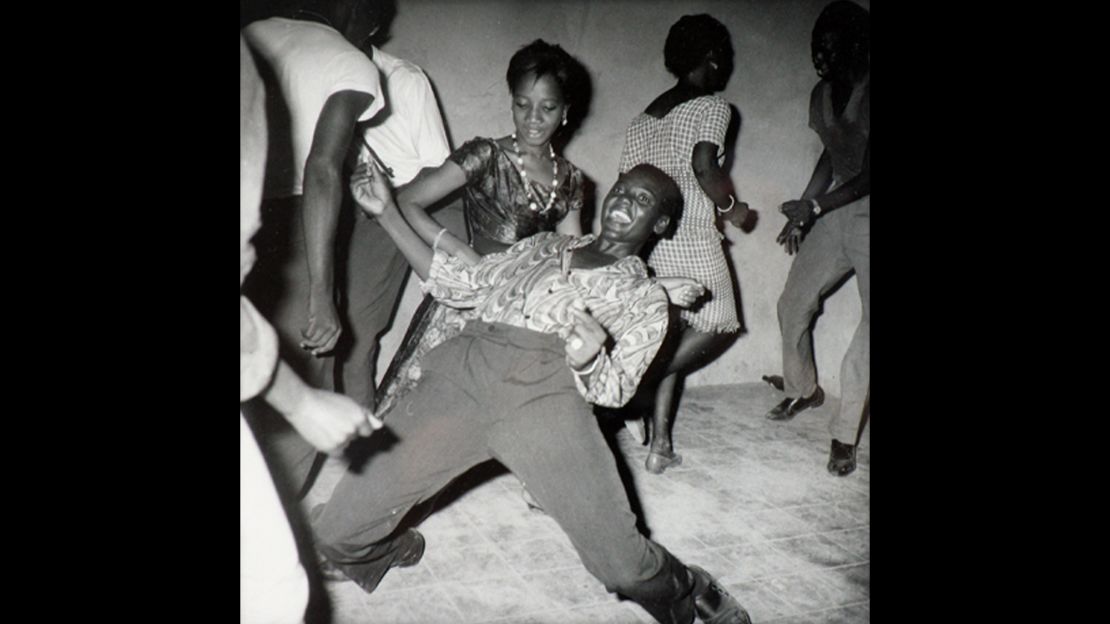Dressing, especially for black men, can be political. That’s according to a new exhibit at London’s Photographers’ Gallery, “Made You Look: Dandyism and Black Masculinity”.
“If you are a black man, you are judged on the basis of how you are dressed,” says the show’s curator, Ekow Eshun, who points to recent examples of African American men attacked based on appearance.
“Trayvon Martin was shot by George Zimmerman for looking ‘suspicious’ wearing a hoodie,” he adds.
In this new exhibit, Eshun focuses on the history of dandyism – from Mali’s sharp-looking party goers, to the sartorial rock stars envisioned by photographer Hassan Hajjaj.
Death before dishevelment: Enter into Congo's cult of elegance
Dandyism as counter culture
Black men are simultaneously hyper visible and invisible to wider society, says Eshun.
“The dandy is a counter position to that, it is about resisting the stereotypes that are often invited upon black men,” he explains.
Eshun – a Ghanaian-British broadcaster and journalist who made history as the first black editor of a mainstream British style magazine (the now defunct Arena) – says the exhibit’s theme is close to home.
He recalls an incident with his father when someone called the police on them, though they were only sitting in a parked car.
“I had just turned 16, and with no prompting on my part, the idea of me as a threat seemed abruptly widespread. When I sat beside them on the tube [subway], women clutched their handbags a little closer.”
The exhibition at the Photographers’ Gallery aims to show how, by the act of donning stylish attire, black men are defying stereotypes and committing acts of personal political rebellion. Black dandyism is “about confounding expectations of how black men should look” says Eshun.

Eshun chose images from as far back as 1904. One features a pair of dapper, young black Victorians, posing gallantly in their cravats. The exhibit also features Malian photographer Malick Sidibé, who was famous for his portraits of confident Malians post colonial rule, and the work of Kristin-Lee Moolman, who portrayed androgynous youths in Soweto’s townships.
Illegal bell bottoms
Even a simple act, like say, wearing bell bottoms, has at times been mired with intense political meaning. The photographer Samuel Fosso, who took customer portraits in his studio in Bangui, Central African Republic during the day, would by night turn the camera on himself. He would put on tight shirts, bell bottoms and platform boots.
Fashionistas at the wheel: Meet the female biker gangs of Marrakech
“All of the things he’s wearing in the images were banned,” explains Eshun. “So he’s almost sticking two fingers up at the establishment by playing dress up at night.”
Eshun acknowledges that dandyism itself is superficial but argues the concept, when applied in racial terms, isn’t just about style; it transcends into politics.
More poignantly, like Fosso, many of the men in the images are not dressed particularly extravagantly says Eshun. But it’s a “knowingness that you are shaping your identity on your own terms.”
‘Made You Look: Dandyism and Black Masculinity’ runs until 25 September 2016 at The Photographers’ Gallery


































